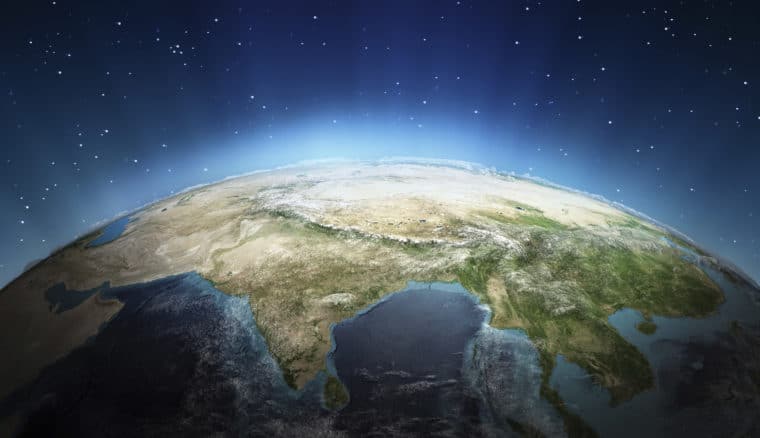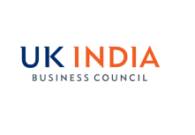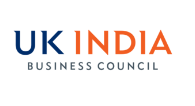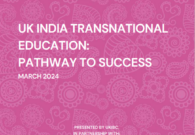India in the world
At this year’s G20 summit, the proactive nature of India’s foreign policy under Narendra Modi was on full show. Simon Jones examines India’s new place in the world, in light of the G20 Summit

This year’s G20 Summit in Hangzhou, China, was an opportunity for Modi to assert his foreign policy programme on the world stage. He departed for China promising to stay true to the theme of “strengthening policy coordination and breaking a new path for growth.”
In doing so he made his positions clear on a number of relationships – praising President Obama, reinforcing ties between New Delhi and Beijing, and emphasising the “opportunities” for a new economic relationship with the United Kingdom in his first bilateral meeting with Prime Minister Theresa May.
Modi’s assertiveness was a reflection of his desire to establish India as a truly global power – both economically and politically. India’s economy could overtake the United States to become the second largest in the world in Purchasing Power Parity (PPP) terms by 2050, according to PwC. With this in mind, the Prime Minister is well aware of the need to improve India’s standing at summits such as the G20, in line with the country’s increasing reputation as an economic powerhouse.
The meeting with Xi Jinping, China’s President, took place against the backdrop of several areas of concern for both countries. For India, the $46 billion China-Pakistan economic corridor, which runs through Pakistan-occupied Kashmir is a key area of concern. For China too, India’s close ties with the US have caused some worry in Beijing, but the partnership between the two nations remains integral to the economic growth of both countries.
The end of the BRICS?
With Brazil entangled deep in a corruption scandal running right to the heart of government, Russia in recession as gas and oil prices fall, and South Africa’s progress stalling; the strong and steady growth of both India and China has meant that the two neighbouring Asian nations have been left as the sole BRICS representatives among the world’s fastest growing economies.
China’s GDP has grown at figures over 6% consistently since 1990, while India’s has grown at 5.5% or over every year since 2003, with the exception of 2008 – the year of the global financial crash. This is in comparison to retracting growth in Brazil and Russia, whose 2016 numbers were -3.8 and -1.9 respectively, showing again that a BRICS split is potentially on the cards.
Both Brazil and Russia look set to come out of recession in 2017, but the growth figures of the two countries lag significantly behind India’s and China’s. At the same time, South Africa – although not in recession – saw growth figures of less than 1% last year.
However, Manoj Ladwa, London-based CEO of India Inc and former Communications Director for Modi’s 2014 election campaign, is careful not to write off the BRICS just yet.
“Despite the economic slowdown, the BRICS countries remain significant global economies. The configuration has provided a forum and voice for the big emerging economies, and initiatives such as the BRICS bank is noteworthy and useful,” he said.
The BRICS remain an important grouping, and it was evident at this year’s G20 meeting between the five countries, that they are committed to deepening ties moving forward.
Ladwa added, “I don’t think that the BRICS, which represents almost half the world’s population, can or should be written off because of one economic cycle.”
‘Act East’ – unlocking the potential of Southeast Asia
Modi’s pledge to transform the ‘Look East’ policy into an ‘Act East’ policy combined with growing Indian investment in Southeast Asia may lead to the forming of new partnerships in the region. The partnership with ASEAN is a top priority for Modi, and on a visit to Laos in September he highlighted the importance of increasing connectivity between India and its neighbours in Southeast Asia.
Announcing his new emphasis on ‘Act East,’ Modi said, “to achieve this extremely important goal, we look at ASEAN, not only for inspiration but also for its leadership; and [ASEAN] have achieved a great deal of success in leading us in that direction. A new era of economic development, industrialisation and trade has begun in India.”
Dr. Roger Hayes, Honourary Advisor to the Federation of Indian Chambers of Commerce and Industry (FICCI), is another to talk up the prospects of Modi’s ‘Act East’ policy.
“The current government has adopted a more dynamic Act East policy, which is driving excitement because ASEAN view India as a centre of economic development and because it gives India access to a vast catchment area,” he commented.
Despite China recently becoming India’s top trading partner, with bilateral trade growing from roughly $US7 billion in 2003-2004, to $US65 billion in 2013 2014, there is a growing feeling in New Delhi that China’s dominance in the region needs an effective counterweight and ‘Act East’ is the starting point for this.
Countering the rise of China
Japan is a key pillar of this new ‘Act East’ direction, and Shinzo Abe’s Government have been integral in supporting India in fending off border encroachments from China. The trilateral relations between India, Japan and the US have been key in this regard, and the 3 countries met this summer to discuss cooperation on maritime security amid China’s growing assertiveness in the South and East China seas, as well as the Indian Ocean.
The US has become an even closer partner for India under Modi, who has made concerted efforts to collaborate further with Washington on issues surrounding relations with China, Pakistan, and Afghanistan, with regards to defence, trade and investment.
Modi has visited the US twice in the last year for bilateral talks with President Obama. During his 2015 visit, the Prime Minister visited Silicon Valley, meeting with entrepreneurs – several of whom were of Indian origin – involved in successful microelectronics, digital communications and biotechnology start-ups to promote his Government’s Make in India initiative.
Russia too is a key strategic partner for India, particularly in the supply of defence equipment, with India currently the second largest market for the Russian defence industry. The two countries share deep historical bonds, described by former Russian President Dimitri Medvedev as a “common heritage” and despite close ties with the US, India has always been keen to keep Russia on side.
The relations with Japan, USA and Russia again show that there is a level of concern from Modi’s government about the rise of China as an economic and military superpower, as all three countries Modi has made significant efforts with are also unsettled by Chinese hegemony.
At the same time, Modi is trying to improve economic relations with China, as there is no doubt that closer ties between the world’s two most populous countries will accelerate the economic growth of both. Bilateral trade between the two nations is increasing, but hugely in China’s favour. The whole premise of policies such as Make in India could be under threat if making across the border in China becomes preferable.
The future of UK-India relations
Mr Modi’s bilateral meeting with UK Prime Minister Theresa May gave an indication of the potential for closer UK-India relations post-Brexit. Although trade negotiations cannot take place until the UK has formally left the European Union, officials in London and New Delhi have been keen to play up the prospects of a trade deal in the coming years, and this was again evident at the G20.
Alok Sharma, Minister of State at the Foreign and Commonwealth Office, has been keen to highlight the prospects of closer UK-India ties in light of the UK’s decision to leave the European Union.
“While our future relationship with the EU is still to be determined, working with India remains an important priority for the British Government… We are working with international partners, including India, to play our part in ensuring a safer, healthier and prosperous world,” Mr Sharma commented.
“The British Government is committed to our relationship with India and I am deeply honoured to play my part in building ever stronger bonds,” he added – again emphasising the current strength of the UK-India relationship.
India’s place in the world is solidifying, and as the economy develops further, so will the prospects of joining the top table for good. While India may be ‘acting East,’ it is certainly still looking West, and with the UK Government pledging to re-engage with the world post-Brexit, the partnership between India and the UK will only flourish further in the years to come.








